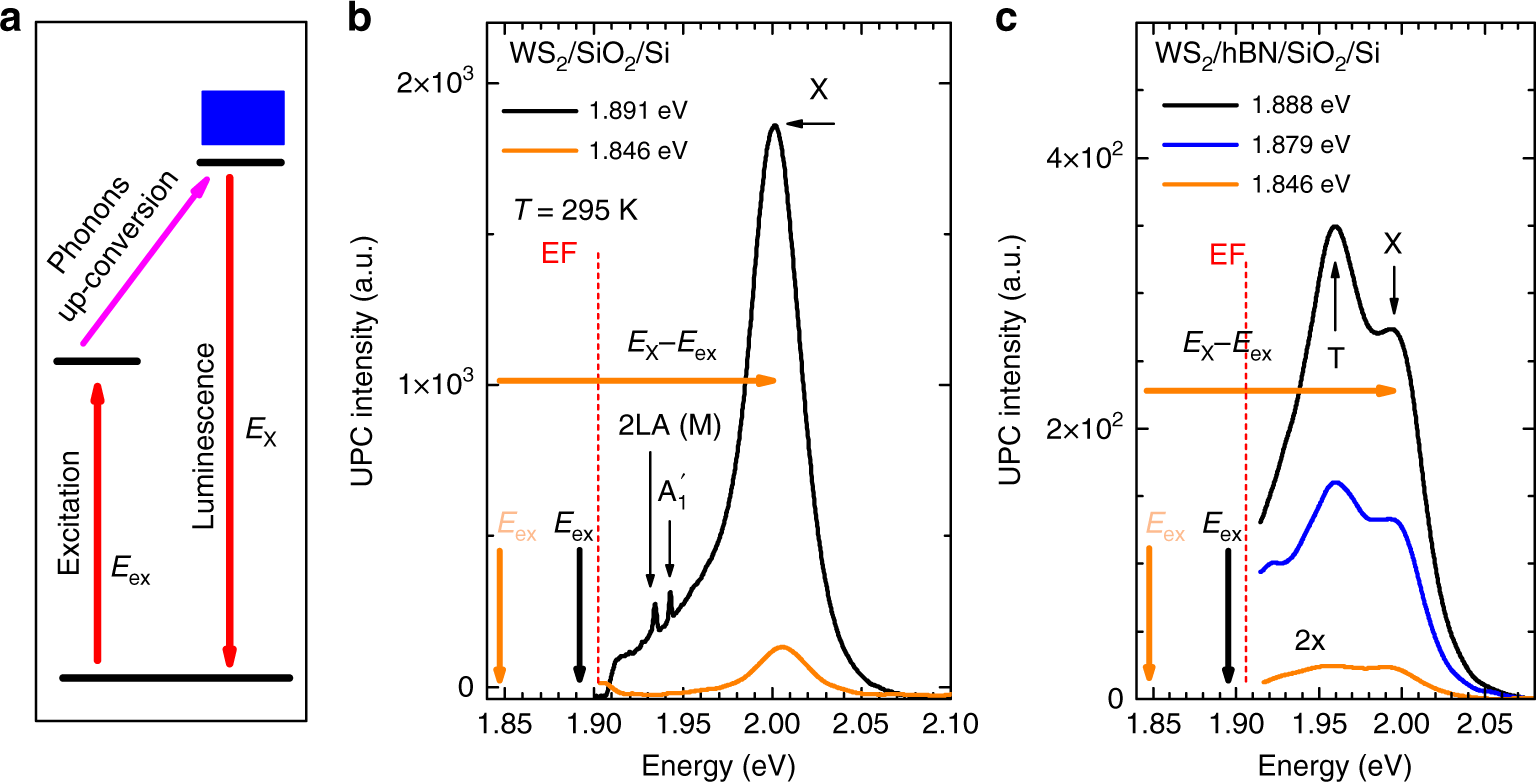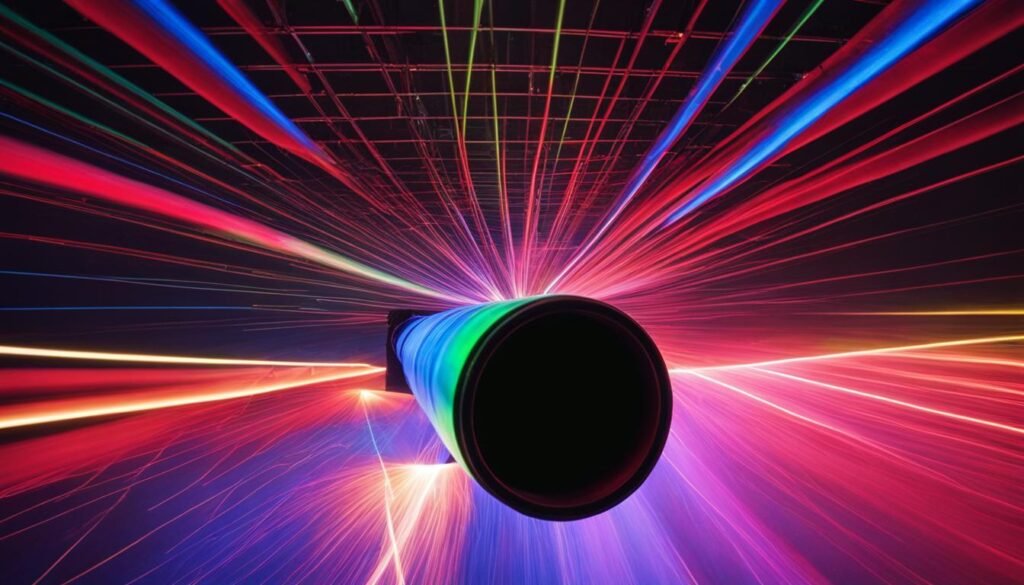Contents

Source: Nature
Understanding Multi-Phonon Transitions in Laser Gain Media
In the realm of solid-state physics, particularly in laser technology, multi-phonon transitions play a crucial role. These transitions involve the simultaneous emission of multiple phonons, which are quanta of lattice vibrations, and are fundamental to the operation of various laser systems. This article delves into the intricacies of multi-phonon transitions, their implications in laser gain media, and how they are influenced by different factors such as temperature and material properties.
Energy Levels and Multi-Phonon Transitions
In solid materials, ions possess distinct energy levels. Transitions between these levels can occur due to several mechanisms, including the absorption of light, spontaneous or stimulated emission, and non-radiative processes like multi-phonon transitions. These transitions are characterized by the emission of multiple phonons that carry away the energy difference between two levels, enabling transitions with larger energy differences than those facilitated by single phonon emissions.
Transition Rates and Phonon Order
The transition rate of multi-phonon processes is significantly affected by the order of phonons involved. As the number of phonons increases, the transition rate decreases exponentially. For transitions requiring only two or three phonons, the process can be rapid. However, as the phonon order increases to five or more, the transition becomes exceedingly slow and often negligible.
Significance of Maximum Phonon Energy
The maximum phonon energy of a material is a critical parameter that dictates the minimum number of phonons required for a transition between two energy levels with a specific energy difference. Materials with high phonon energy, such as fused silica, can exhibit strong multi-phonon transition rates, unlike low phonon energy materials like ZBLAN glass.
Temperature Dependence of Multi-Phonon Emission
Multi-phonon emission can occur even at low temperatures when phonon modes are scarcely populated. Nevertheless, as the temperature rises, the transition rate can increase due to the stimulated emission of phonons, which involves thermally populated phonon modes. This temperature dependence can lead to reduced lifetimes of metastable levels as temperatures increase.
Relevance in Laser Gain Media
Multi-phonon processes are pivotal in the functionality of solid-state laser gain media. They enable the non-radiative relaxation of excited states, which is essential for the efficient operation of many laser systems. Without these processes, certain lasers would not function effectively, as they rely on the rapid dissipation of energy through non-radiative means.
Conclusion
Multi-phonon transitions are a fundamental aspect of solid-state physics and laser technology. Understanding their dynamics, including their dependence on phonon order, material properties, and temperature, is essential for the development and optimization of laser systems. As research continues, the insights gained into these processes will undoubtedly contribute to advancements in photonics and related fields.


Source: ResearchGate
Feel free to comment your thoughts.



